Understanding the Benefits of Fingerprint Clocking System for Modern Workforce Management
As businesses increasingly adapt to the demands of a modern workforce, the implementation of advanced technologies becomes crucial to streamline operations and enhance employee management. The Fingerprint Clocking System stands out as a pivotal tool in this transformation. According to a report by MarketsandMarkets, the global biometrics market is projected to reach $59.3 billion by 2025, with fingerprint recognition being one of the most widely adopted technologies due to its reliability and ease of use. Additionally, a survey from Gartner indicates that organizations utilizing automated time management systems, including biometric solutions like fingerprint clocking, can achieve a 30% reduction in payroll errors. By ensuring accurate time tracking and eliminating buddy punching, the Fingerprint Clocking System not only improves accountability but also fosters a more efficient workplace. As companies seek innovative ways to enhance productivity, understanding the myriad benefits of fingerprint-based timekeeping systems becomes increasingly essential.
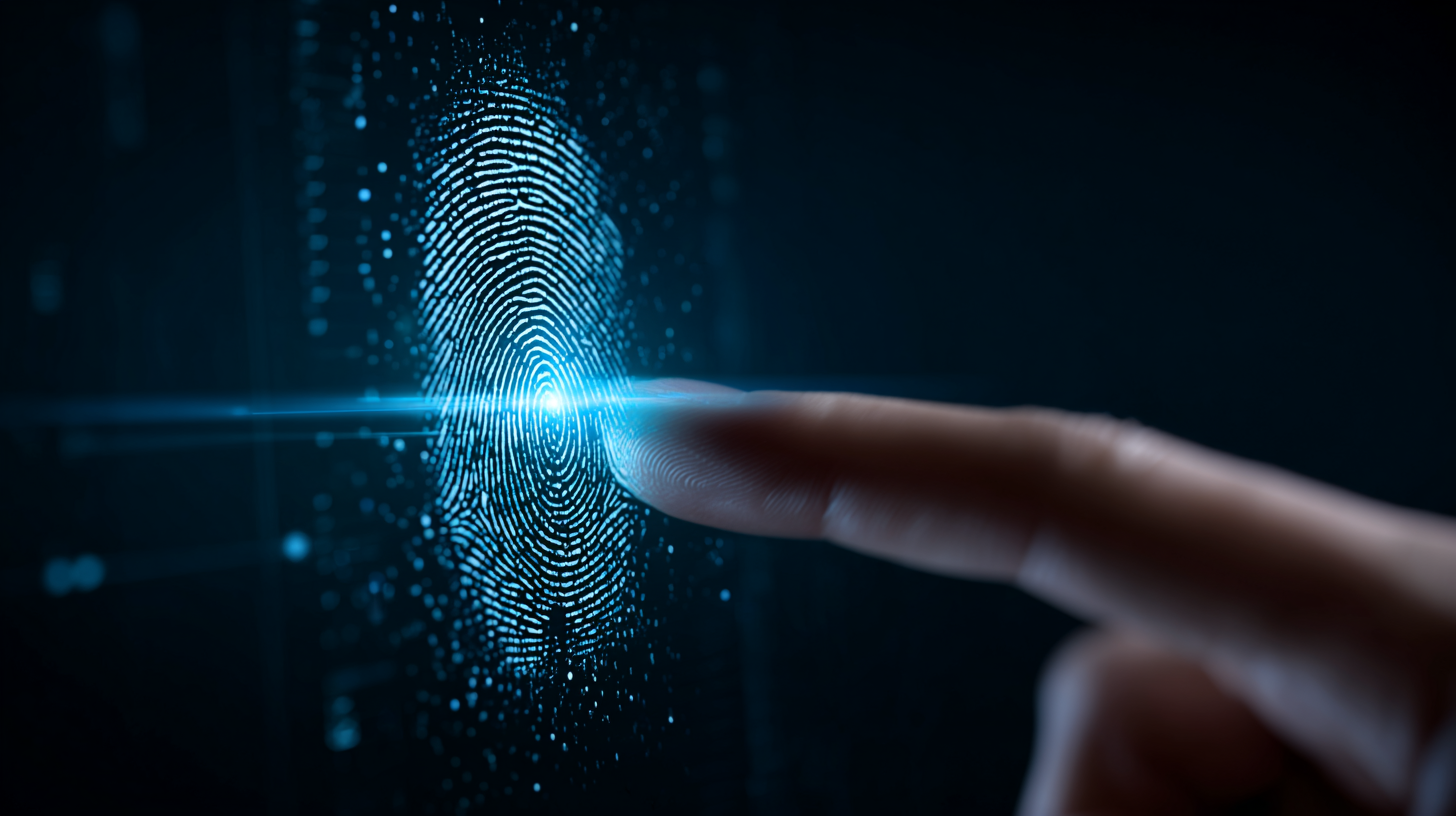
The Transformation of Workforce Management Through Fingerprint Clocking Systems
The emergence of fingerprint clocking systems has revolutionized workforce management, offering an efficient and accurate method for tracking employee attendance. By leveraging biometric technology, these systems eliminate the issues associated with traditional punch cards or manual roll-calls that often lead to inaccuracies and time theft. The ability to record attendance in real-time enhances not only the reliability of attendance data but also streamlines payroll processing and reduces administrative burdens.
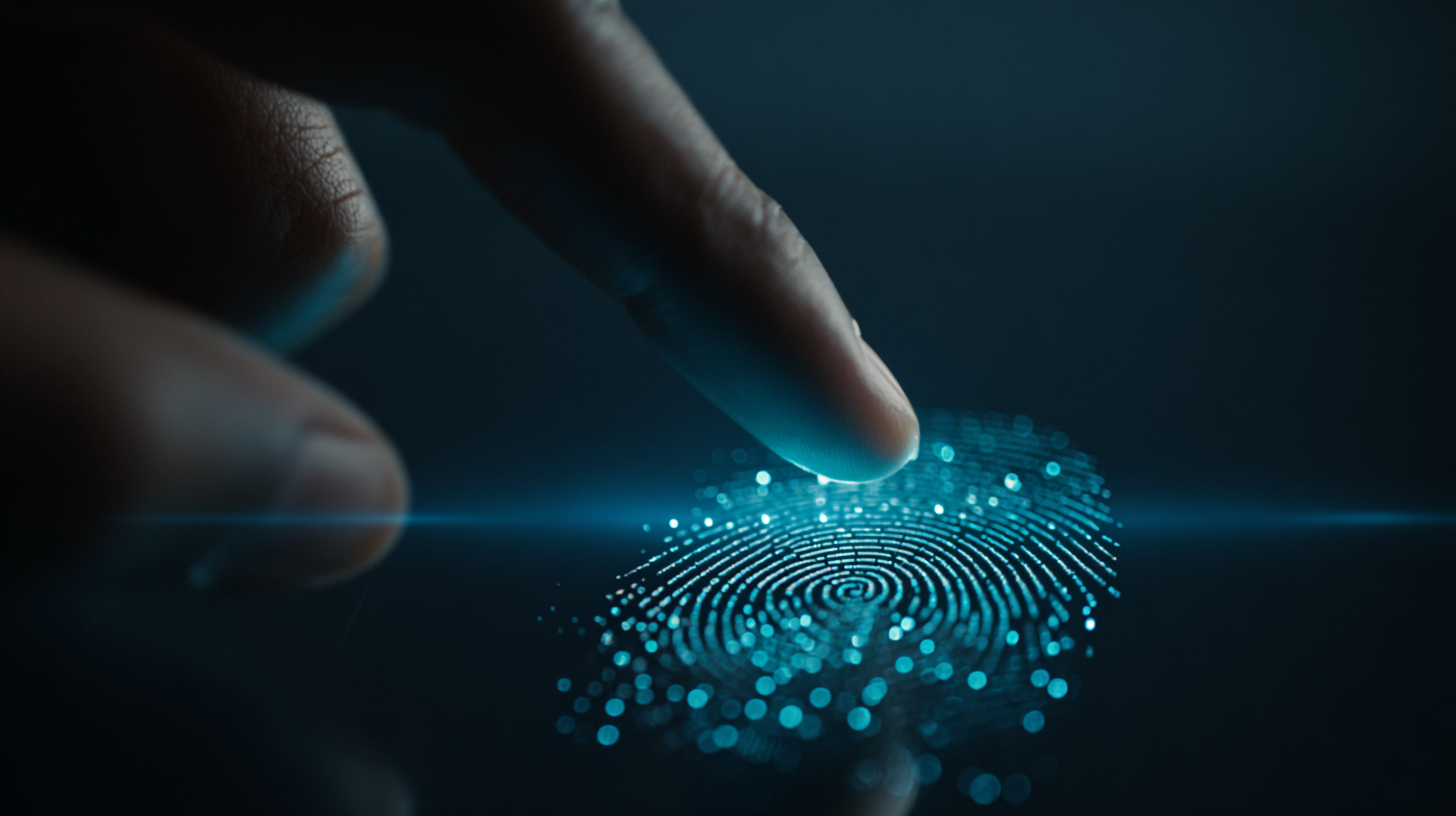
Furthermore, fingerprint clocking systems foster a more secure work environment. They mitigate the risk of buddy punching, where one employee punches in for another, thereby ensuring that only those physically present at the workplace are accounted for. This enhanced security also builds trust among employees and management, as it establishes a transparent and tamper-proof method of monitoring attendance. Overall, the integration of biometric systems in workforce management represents a significant transformation, enabling organizations to operate more efficiently while maintaining accountability and integrity within their teams.
Enhanced Accuracy and Efficiency in Time Tracking with Digital Solutions
The implementation of fingerprint clocking systems in workforce management has led to significant enhancements in time tracking accuracy and efficiency. Traditional methods of timekeeping, such as punch cards or manual entry, are often prone to human errors and dishonesty. In contrast, digital solutions like fingerprint recognition eliminate these issues by ensuring that only the authorized personnel can log their working hours. This technology not only streamlines the attendance process but also minimizes time theft, ultimately leading to a more productive work environment.
Moreover, with the growing trend towards digitalization in various industries, the adoption of sophisticated time tracking systems aids organizations in gathering valuable data on employee performance. This data can be leveraged to make informed decisions regarding resource allocation, scheduling, and overall workforce management strategies. As businesses continue to embrace digital solutions, the shift towards fingerprint clocking systems exemplifies a broader move towards enhanced accuracy and efficiency in operations, paving the way for future advancements in workforce management technologies.
Improving Employee Accountability and Reducing Time Theft Risks
In today's fast-paced work environment, managing employee time effectively is more crucial than ever. The introduction of fingerprint clocking systems has significantly enhanced accountability, allowing companies to accurately track attendance and reduce incidents of time theft. According to a report by the American Payroll Association, time theft can account for an estimated 5-10% of payroll costs, significantly impacting businesses' bottom lines. By implementing biometric systems, companies can ensure that employees are clocking in and out personally, thereby minimizing buddy punching and other forms of attendance fraud.
To maximize the benefits of fingerprint time management, companies should consider providing training sessions to familiarize employees with the system. This can not only improve compliance but also enhance the overall acceptance of the new technology. Additionally, managers should regularly review attendance records to identify patterns or discrepancies that may indicate time theft, enabling proactive measures to address any issues.
Tips: Regularly updating your fingerprint scanning technology can ensure compatibility with evolving security needs. Moreover, encouraging a culture of honesty and transparency around time management can further bolster the effectiveness of such systems, fostering a more accountable work environment.
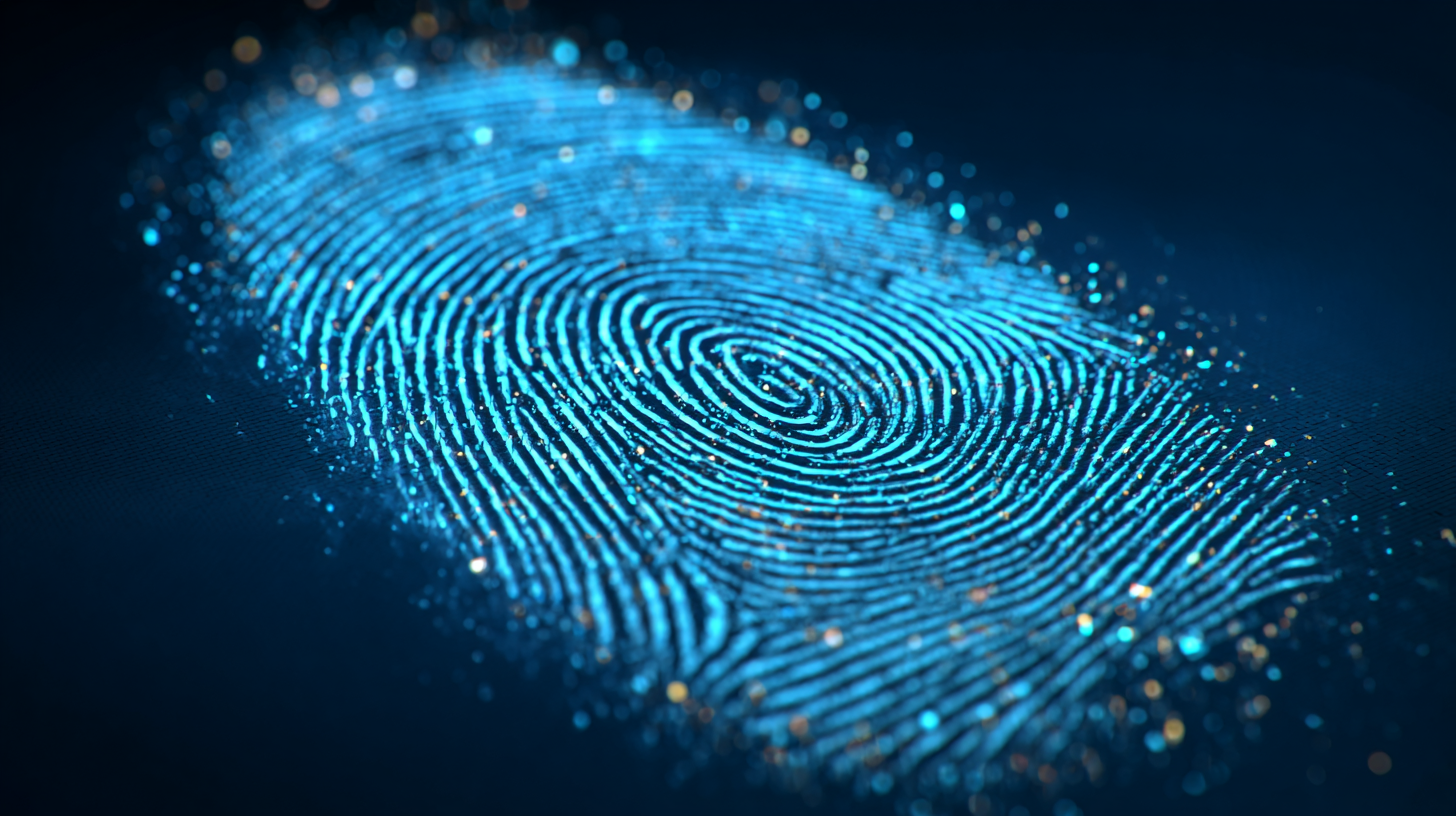
Streamlining Payroll Processes and Reducing Administrative Burden
The implementation of a fingerprint clocking system significantly streamlines payroll processes and reduces the administrative burden for organizations. According to a report by the Society for Human Resource Management, employers can save up to 5% of their labor costs by minimizing time theft and reducing payroll errors through biometric systems. These state-of-the-art solutions not only ensure accurate tracking of work hours but also eliminate the need for manual timesheets, thus enhancing productivity by allowing HR teams to focus on strategic initiatives instead of clerical tasks.
To maximize the benefits of a fingerprint clocking system, consider integrating it with your existing payroll software. This integration can help create a seamless flow of data, reducing the potential for discrepancies and ensuring timely payroll processing. Additionally, training employees on the proper use of this technology can significantly mitigate staff resistance, enhancing overall adoption rates.
Tip: Regularly review the data collected through the fingerprint system to identify trends in attendance and productivity. This practice can help inform management decisions on scheduling and resource allocation, leading to a more efficient workforce. Emphasizing transparency in how data is used can also foster trust and encourage adherence to the system among employees.
Understanding the Benefits of Fingerprint Clocking System for Modern Workforce Management
| Feature | Description | Benefit | Impact on Payroll |
|---|---|---|---|
| Accuracy | Uses unique biometric data for employee identification. | Reduces time theft and buddy punching. | Improves payroll accuracy by ensuring only working hours are paid. |
| Efficiency | Automated clocking process significantly speeds up attendance tracking. | Saves administrative time and resources. | Reduces labor costs associated with manual entries. |
| Data Security | Sensitive biometric information is encrypted and securely stored. | Minimizes risk of data breaches. | Enhances trust in payroll processes. |
| Integration | Easily integrates with existing payroll systems. | Streamlines information flow and reduces errors. | Facilitates quicker payroll processing cycles. |
| User-Friendly | Intuitive interface for employees to clock in and out. | Enhances employee satisfaction and compliance. | Reduces queries and disputes regarding hours worked. |
Integrating Fingerprint Technology with Existing Workforce Management Systems
Integrating fingerprint technology into existing workforce management systems revolutionizes how organizations handle attendance and tracking. The implementation of a fingerprint clocking system ensures accuracy and security by eliminating common issues associated with traditional methods, such as buddy punching and time theft. Moreover, these systems seamlessly sync with HR and payroll software, providing real-time data that enhances workforce analytics and operational efficiency.
Tips for a successful integration include conducting a thorough assessment of current systems to identify compatibility and potential gaps. Additionally, involve your team in the transition process by providing training sessions on how to use the new system effectively. This not only fosters acceptance but also improves the overall user experience, as employees feel more engaged and informed.
Another crucial aspect is regular maintenance and updates of both the fingerprint technology and workforce management software. Ensuring that the systems are up-to-date helps mitigate security risks and improves functionality. Implementing feedback mechanisms can help identify areas for improvement and address any concerns promptly, creating a more streamlined workflow.
Understanding the Benefits of Fingerprint Clocking System for Modern Workforce Management
Related Posts
-

Exploring Fingerprint Time Clock Alternatives for Enhanced Workforce Management
-
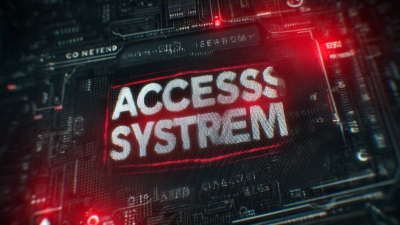
5 Digital Strategies to Optimize Your Best Access Control System Purchase
-

Choosing the Right Manufacturer for the Best Biometric Machine to Ensure High Quality and Reliability
-
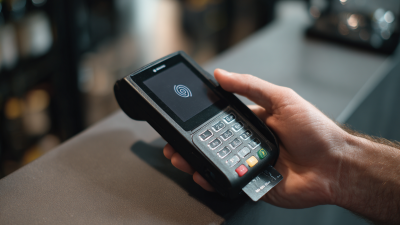
Unlocking Security and Convenience with the Best Biometric Device Advantages
-

Unlocking the Advantages of Access Control Security for Global Procurement
-
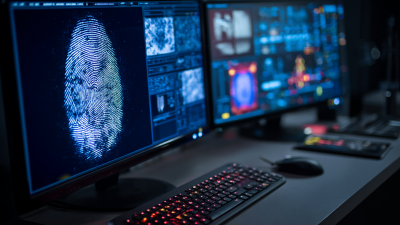
Ultimate Checklist for Implementing a Biometric System in Your Business